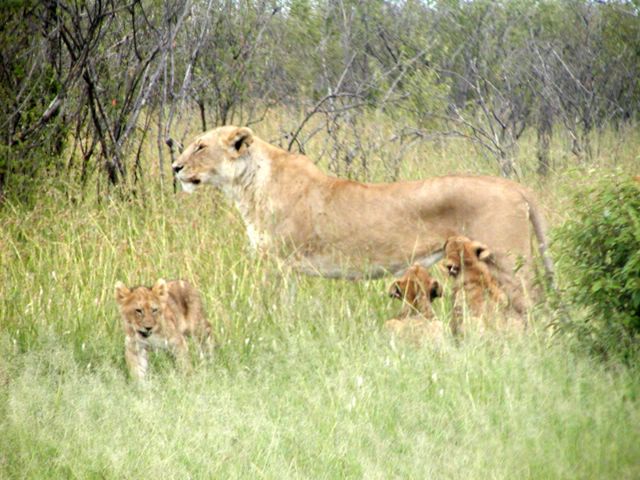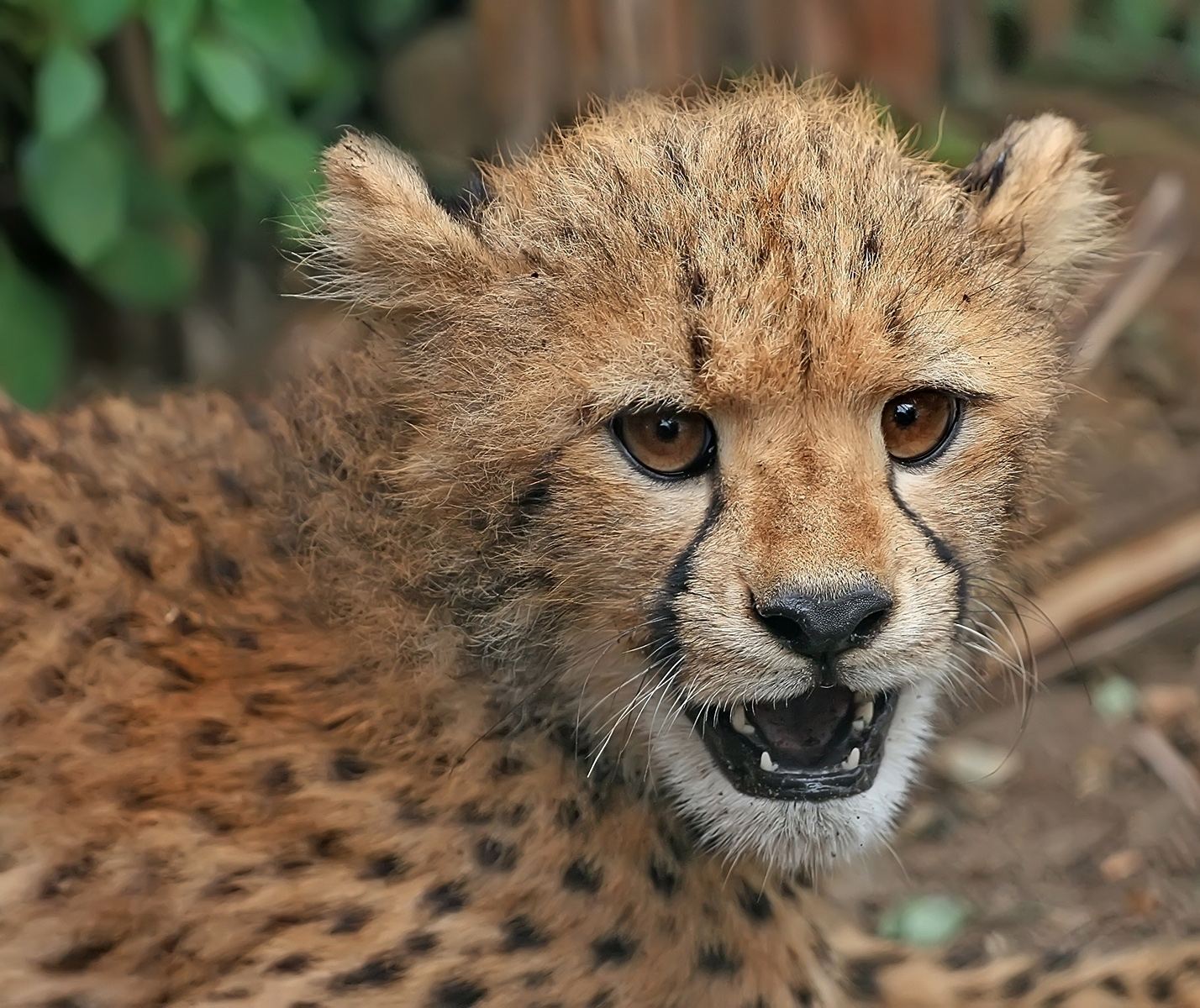Infanticide in carnivores on:
[Wikipedia]
[Google]
[Amazon]
Infanticide is the killing of a
 In many instances of nonparental infanticide in carnivores, the male of a species kills the young of a female to make her sexually receptive, e.g.
In many instances of nonparental infanticide in carnivores, the male of a species kills the young of a female to make her sexually receptive, e.g.
 Unlike other African felids, no infanticidal behavior has been observed in the
Unlike other African felids, no infanticidal behavior has been observed in the
neonate
An infant or baby is the very young offspring of human beings. ''Infant'' (from the Latin word ''infans'', meaning 'unable to speak' or 'speechless') is a formal or specialised synonym for the common term ''baby''. The terms may also be used to ...
after birth. In zoology
Zoology ()The pronunciation of zoology as is usually regarded as nonstandard, though it is not uncommon. is the branch of biology that studies the animal kingdom, including the structure, embryology, evolution, classification, habits, and ...
, this commonly refers to the killing and in some cases consumption of newborn animals by either a parent or an unrelated adult of the species. In carnivore
A carnivore , or meat-eater (Latin, ''caro'', genitive ''carnis'', meaning meat or "flesh" and ''vorare'' meaning "to devour"), is an animal or plant whose food and energy requirements derive from animal tissues (mainly muscle, fat and other s ...
s, it is not uncommon for an unrelated male to commit infanticide to make females sexually receptive. Parental infanticide is sometimes a result of extreme stress by human intrusion.
Parental infanticide
Thegiant otter
The giant otter or giant river otter (''Pteronura brasiliensis'') is a South American carnivorous mammal. It is the longest member of the weasel family, Mustelidae, a globally successful group of predators, reaching up to . Atypical of muste ...
becomes extremely sensitive to human activity when rearing its young. Giant otters in captivity must be given privacy when raising their litters as cases of parental infanticide have been reported in the species, potentially caused by human visual and acoustic interference. Though not confirmed, it has been suspected that similar occurrences happen in the wild due to tourists. In the wild, polar bear mothers will sometimes kill their young because they lack adequate food, but in captivity the main reason is stress.
Nonparental infanticide
 In many instances of nonparental infanticide in carnivores, the male of a species kills the young of a female to make her sexually receptive, e.g.
In many instances of nonparental infanticide in carnivores, the male of a species kills the young of a female to make her sexually receptive, e.g. brown bear
The brown bear (''Ursus arctos'') is a large bear species found across Eurasia and North America. In North America, the populations of brown bears are called grizzly bears, while the subspecies that inhabits the Kodiak Islands of Alaska is ...
s. When one or two new male lions defeat and exile the previous males of a pride, the conqueror(s) will often kill any existing young cubs fathered by the losers. As many as 80% of lion cubs die before they reach the age of two. Often a lioness tries to defend her cubs against this kind of behavior from the usurping male(s), but success is more common when a group of females join to defend their offspring. Within five months of a tigress giving birth, she may become receptive again if her first litter is lost, and for this reason wandering males may commit infanticide.Novak, R. M. 1999. ''Walker's Mammals of the World.'' 6th edition. Johns Hopkins University Press, Baltimore. In fear of infanticide, female jaguars will not tolerate the presence of any male, even the father of the litter, once she gives birth to her cubs.
If the father of a leopard's litter is present for the rearing of the cubs, there are fewer instances of infanticide as foreign males stay farther away from the cubs.
Groups of banded mongoose
The banded mongoose (''Mungos mungo'') is a mongoose species native from the Sahel to Southern Africa. It lives in savannas, open forests and grasslands and feeds primarily on beetles and millipedes. Mongooses use various types of dens for shelt ...
s have been observed kidnapping and/or killing the members of other groups for no confirmed reason, though many theories have been suggested.
Species known to commit infanticide
*African wild dog
The African wild dog (''Lycaon pictus''), also called the painted dog or Cape hunting dog, is a wild canine which is a native species to sub-Saharan Africa. It is the largest wild canine in Africa, and the only extant member of the genus '' Lyca ...
* Banded mongoose
The banded mongoose (''Mungos mungo'') is a mongoose species native from the Sahel to Southern Africa. It lives in savannas, open forests and grasslands and feeds primarily on beetles and millipedes. Mongooses use various types of dens for shelt ...
* Brown bear
The brown bear (''Ursus arctos'') is a large bear species found across Eurasia and North America. In North America, the populations of brown bears are called grizzly bears, while the subspecies that inhabits the Kodiak Islands of Alaska is ...
* Brown hyena
* Dwarf mongoose
* Domestic cat
* Eurasian otter
The Eurasian otter (''Lutra lutra''), also known as the European otter, Eurasian river otter, common otter, and Old World otter, is a semiaquatic mammal native to Eurasia. The most widely distributed member of the otter subfamily (Lutrinae) of th ...
* Giant otter
The giant otter or giant river otter (''Pteronura brasiliensis'') is a South American carnivorous mammal. It is the longest member of the weasel family, Mustelidae, a globally successful group of predators, reaching up to . Atypical of muste ...
* Gray wolf
* Golden jackal
The golden jackal (''Canis aureus''), also called common jackal, is a wolf-like canid that is native to Southeast Europe, Southwest Asia, South Asia, and regions of Southeast Asia. The golden jackal's coat varies in color from a pale creamy ...
* Jaguar
* Leopard
* Lion
* Meerkat
* Orca
The orca or killer whale (''Orcinus orca'') is a toothed whale belonging to the oceanic dolphin family, of which it is the largest member. It is the only extant species in the genus '' Orcinus'' and is recognizable by its black-and-white ...
(killer whale)
* Polar bear
* Spotted hyena
* Tiger
The tiger (''Panthera tigris'') is the largest living cat species and a member of the genus ''Panthera''. It is most recognisable for its dark vertical stripes on orange fur with a white underside. An apex predator, it primarily preys on ...
Exceptions
 Unlike other African felids, no infanticidal behavior has been observed in the
Unlike other African felids, no infanticidal behavior has been observed in the cheetah
The cheetah (''Acinonyx jubatus'') is a large cat native to Africa and central Iran. It is the fastest land animal, estimated to be capable of running at with the fastest reliably recorded speeds being , and as such has evolved specialized ...
. Scientists hypothesize that this is because many cheetah litters have cubs from different fathers and males would not want to kill any cubs in case they killed their own. The promiscuity of female cheetahs helps to protect the threatened species not only by preventing infanticide but also by bringing greater genetic diversity. This genetic diversity averts inbreeding from occurring and widens the genetic pool of the species. Nevertheless, cheetah cubs have a remarkably high mortality rate.
References
{{Ethology Carnivorous animals Infanticide